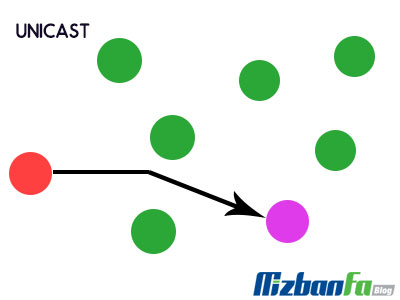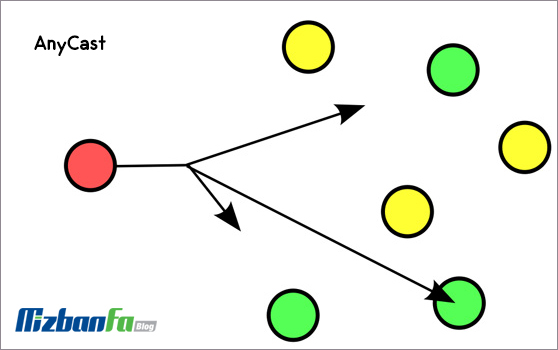What is IPv6?
In this tutorial, we from the Fa host knowledge base will introduce you to IPv6 or IP address version 6 . First, a brief description of IP will be given, and then we will discuss IPv6 in detail. What are the differences between IP version 6 and version 4, their structure, and where do they stand in terms of security? These are topics that we intend to discuss in detail. But first, let’s see what exactly does IP technically mean?
What is IP?
IP or Protocol Internet Address is an identifier assigned to devices connected to the Internet or networks using the Internet through an Internet service provider or ISP. Each IP address consists of 4 segments or octets. This IP consists of 32 bits and is called IPv4.
![]() Learn more: What is IP and how to know your IP?
Learn more: What is IP and how to know your IP?
For each part of IP, 0 to 255, i.e. 256 digits (2 to the power of 8) can be considered. Therefore, we will have 2 to the power of 32 or 4294967296 digits.
IPv6 has 128 bits of address length and supports a wide range of IPs. As you know, IPv4 is ending and IPv6 is an alternative to solve this problem.
Introduction of IPv6 structure
The structure of IPv6 is as follows:

In version 6 of IPs, we will have a 128-bit IP address consisting of 8 16-bit octets. Each section or octet is by the ” : separated from another ” character. For example, an example of IPv6 is as follows:
- Each section consists of numbers, standard hexadecimal letters that can be changed from 0000 to FFFF.
- The range of IP addresses of version 6 is 2 to the power of 128, the total number of usable IPs.
- More precisely, we will have 340282366920938463463374607431768211456 IP numbers, which is about 7922816251426433759354 times more than IPv4.
These statistics are related to the year 2014 and the amount of IP usage.
There is a point in the ip addresses of version 6, for example, consider the following ip, the parts where all the digits are 0 can be deleted and the ” : ” character can be used instead.
The following IP addresses are all the same:
- 2001: cdba : 0000 : 0000 : 0000: 0000 : 3257 : 9652
- 2001 : cdba : 0 : 0 : 0 : 0 : 3257 : 9652
- 2001:cdba::3257:9
IPv6 is designed in such a way that, in addition to providing a converged environment, it provides conditions for the use of voice, image and data services on the network with IP infrastructure. For this purpose, advanced features and potentials have been predicted in IP version 6.
This type of IP is in such a way that in the complete transition phase from IPv4 to IPv6, the presence of both types of IP together is possible and this transition is done little by little and completely over the years.
How to address in IPv6
In multicasting addressing, a packet is sent to several receivers. By using this feature, the bandwidth consumption within the network is reduced. There are 3 ways to address in IP Internet Protocol version 6:
- Unicast
- Anycast
- Multicast
- Unicast
In this type of transmission, a packet is sent from a sender to a receiver.

- Anycast
This type of transmission sends a packet from a destination to a group of receivers with a specific address. In routing this type of transmission, closer and more suitable nodes are selected.

- Multicast
In this type of transmission, a packet is sent to specific groups.

